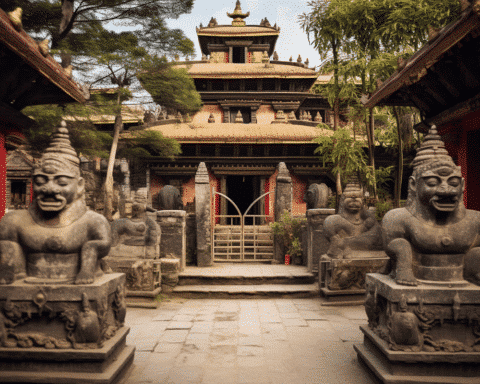New York’s esteemed Rubin Museum of Art, celebrated for housing one of the globe’s most significant collections of Himalayan art, has announced a pivotal shift in its operational model, transitioning from a traditional physical space to a “museum without walls.” This announcement came on Wednesday, revealing plans to close its physical doors in October, marking an end to two decades of cultural enrichment provided by founders Shelley and Donald Rubin.
The museum, which has faced various challenges recently, including staff reductions and debates on artifact repatriation, is opting for an innovative approach. By selling its Manhattan building, the Rubin aims to redefine its influence on a global scale, focusing on loaning its vast collection of nearly 4,000 Himalayan art objects and organizing travelling exhibits. Noah Dorsky, the museum’s board president, emphasized this strategic pivot, stating, “In our new incarnation, we are redefining what a museum can be,” highlighting the evolved role of museums in meeting community needs.
Shelley Rubin reflected on the journey, saying, “Building and sharing this collection of Himalayan art was one of my family’s great joys,” underscoring the museum’s commitment to its mission while adapting to a more expansive operational model. This model aims to enhance the museum’s impact through increased research, digital content like videos and podcasts, and support for contemporary artists exploring Himalayan themes.
In light of this transition, the museum has also taken steps to address the ethical considerations of artifact acquisition, with recent actions including repatriating stolen items. Despite concerns regarding the closure’s impact, particularly on Tibetan art, the museum assures stakeholders of its financial stability and strategic foresight, promising a future rich in global partnerships, expanded programming, and deeper community engagement.
As the Rubin Museum embarks on this transformative journey, it leaves behind a legacy of cultural stewardship in New York while embracing a future that promises to bring Himalayan art and wisdom to an even broader audience. The upcoming “Reimagine: Himalayan Art Now” exhibition will farewell the museum’s physical presence, setting the stage for an exciting new chapter in its history.


